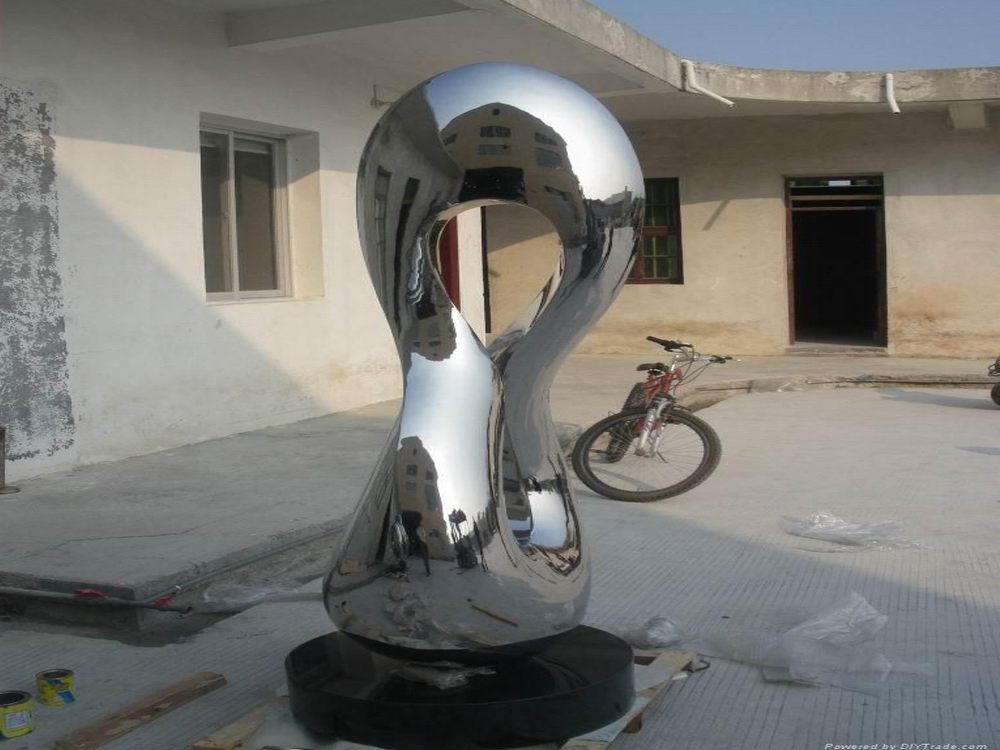
Bronze sculptures are renowned for their durability and timeless beauty, but how do they fare in environments with high levels of de-icing chemicals? These chemicals, often containing chlorides or other corrosive agents, can accelerate the oxidation process of bronze, leading to patina changes or surface damage over time.
However, bronze’s natural corrosion resistance provides a protective layer, slowing degradation. The alloy’s copper content forms a stable patina that acts as a barrier against harsh elements. Regular maintenance, such as cleaning and waxing, can further shield sculptures from chemical exposure.
For outdoor installations in snowy regions, selecting high-quality bronze alloys and applying protective coatings can mitigate risks. While de-icing agents may alter the sculpture’s appearance slightly, proper care ensures longevity. Artists and conservators often embrace the evolving patina as part of the artwork’s character.
In summary, bronze sculptures can endure de-icing chemicals with minimal long-term damage if maintained correctly, making them a resilient choice for public art in cold climates.

